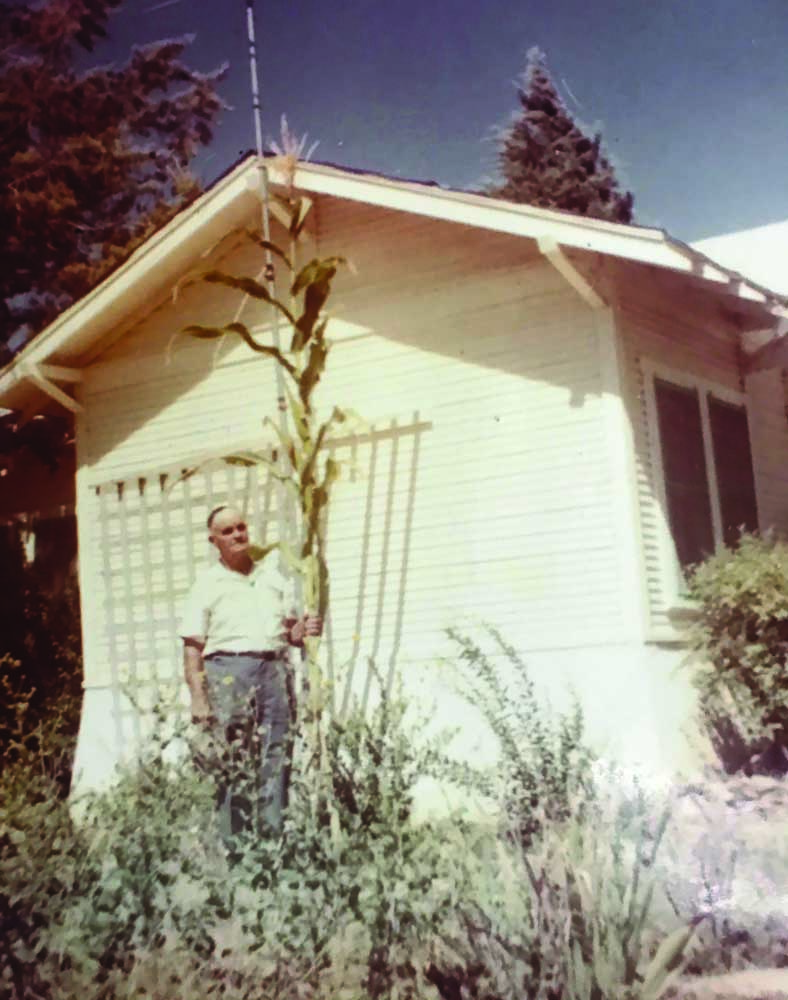Learning my Love of Vegetable Gardening
Published 4:35 pm Tuesday, March 24, 2020

- Grandpa Petty always had a huge garden on his retirement property in Clyde. He was very proud of his water well and all of the vegetables he grew every summer with irrigation from this well.
Growing up in West Texas, I learned the love of vegetable gardening from both sides of my family.
My mother’s dad, Grandpa Petty, always had a huge garden on his retirement property in Clyde. He was very proud of his water well and all of the vegetables he grew every summer with irrigation from this well.
Trending
Raising five children on a farm during the Great Depression, Grandma Brown learned to practice organic gardening to help feed her family.
I remember reading Organic Gardening magazines back in the ’60s at Grandma and Grandpa Brown’s retirement house, in Bangs
I also remember, after every meal, Grandma would go out, dig a hole, and bury the leftover kitchen and table scraps directly into her vegetable garden. Grandma would grow everything — asparagus, tomatoes, corn, beans and strawberries in her backyard garden.
Grandma never wasted valuable soil space with grass — not even in her front yard. Every spring and summer her front yard was filled with flowers — poppies, marigolds, lilies and “petunies.”
For a few years, my family lived in an El Paso Natural Gas Co. camp, 10 miles west of Snyder. At this camp, “The Company” owned about 80 acres, most of which was unused, worn-out, sandy farmland. Every spring and summer, my dad and one of his neighbor buddies, Ollie Henderson, from Alabama, would grow a huge vegetable garden.
Dad and Ollie would take me with them several times every winter to get loads of “barnyard fertilizer” from heaps of steaming cow manure piled up at the outer edge of the huge Ezzell-Key cattle feed lot, off of Highway 84, east of Snyder.
Trending
Sometimes, the feedlot would provide an operator and frontend loader to fill up the back of Dad’s truck. But, occasionally, the front-end loader was not available, so Dad, Ollie and I would fill the bed of Dad’s 1958 Chevy full of the smelly gardener’s gold, using shovels Dad made sure to throw into the back of the truck before we left home. Once we arrived back at the camp garden, with the full pickup load, we would spread the dried manure, about 6 inches deep, over a section of the garden area.
If we had time before dark, we would jump back in Dad’s truck and go for another load.
After many such trips, we would finally cover the entire garden area with the “barnyard fertilizer”, and then Dad would fire up his orange & white Montgomery-Ward front tine tiller and blend the composted manure into the sandy soil. Once spring arrived, we would team up again and plant okra, tomatoes, squash, beans, black-eyed peas and other vegetables into the enriched humus garden soil.
During afternoons in the late summer and early fall, after Dad and Ollie got off of work, our families would get together, pick vegetables, then sit out in the front yards of our camp houses with plenty of Mom’s iced tea. We’d shell beans and peas, shuck corn and prepare other vegetables for the dinner table.
Because of my fond childhood memories of gardening, every year my wife, Debra, and I mix chipped wood, leaves, table scraps and other organic matter with cow and chicken manure to create tractor loads of compost.
We spread and till in the rich humus over our flower and vegetable gardens. Then, during the summer and fall, we harvest our garden crops, filling our freezer and sharing our vegetables with our kids and grandkids. Hopefully, our grandkids will also have fond memories.
The Smith County Master Gardener program is a volunteer organization in connection with the Texas A&M AgriLife Extension Service.






